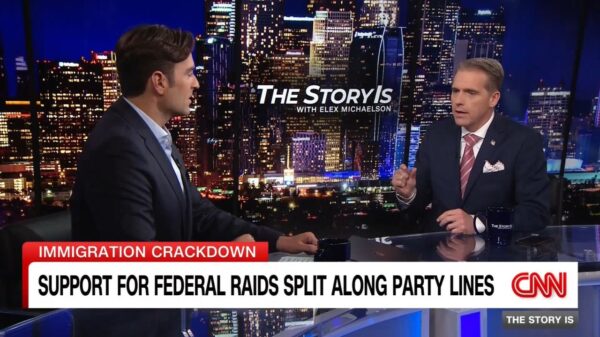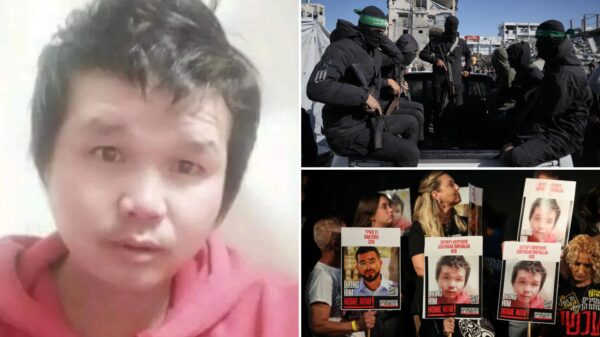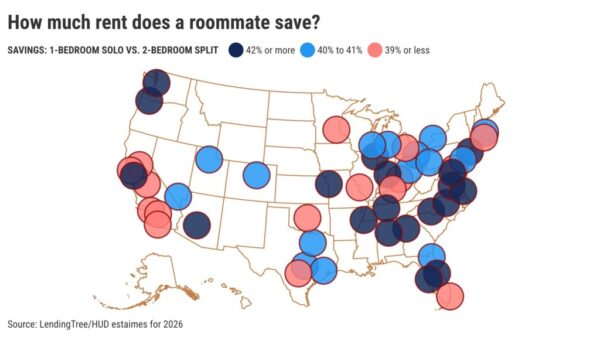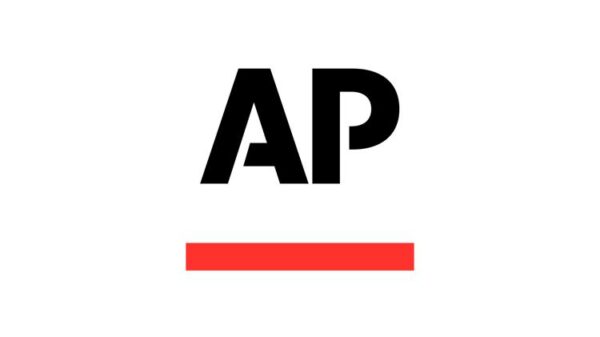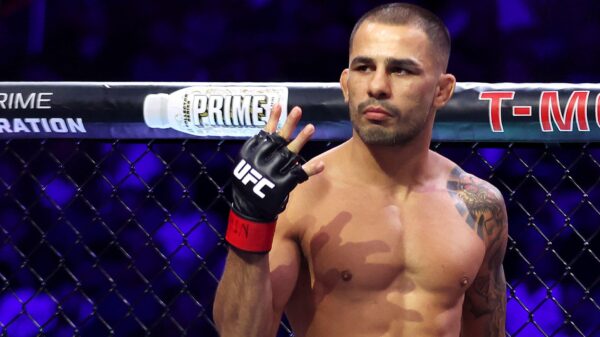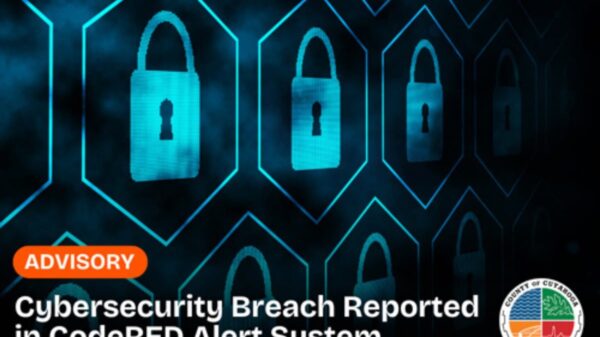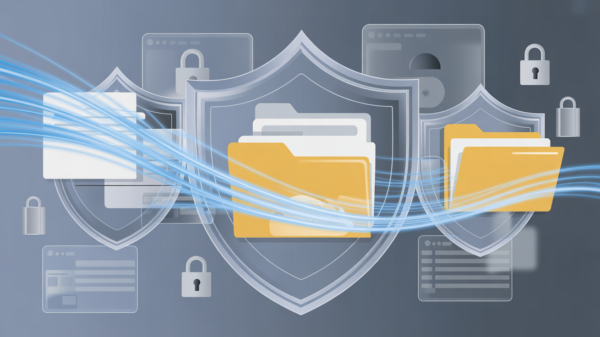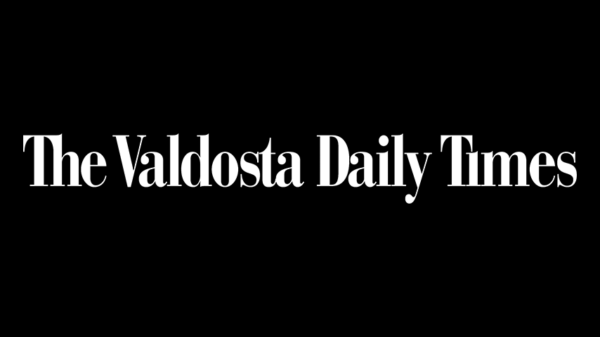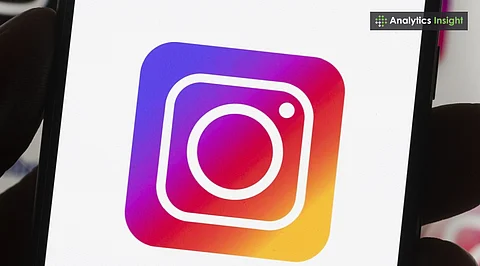Determining whether your Instagram account is shadowbanned can be crucial for maintaining your online presence. A shadowban occurs when Instagram limits the visibility of an account’s content without notifying the user, particularly affecting non-followers. This reduction in exposure can lead to significant drops in engagement, including likes, comments, and views.
Understanding the signs of a shadowban is essential for users who notice their posts are receiving less interaction than before. Common indicators include a sudden decline in engagement metrics, missing results under hashtags, and fewer profile visits. If you suspect you’re experiencing a shadowban, it’s vital to assess your account’s activity and adjust your strategies accordingly.
Recognizing the Signs of a Shadowban
Instagram does not directly inform users if they are shadowbanned. However, account holders can observe specific signs that may indicate a limitation in their content visibility. A notable drop in engagement is often the first red flag. If your recent posts are receiving substantially fewer likes and comments compared to earlier content, this could suggest a shadowban.
Another telltale sign is if your posts are no longer appearing under hashtags that previously attracted viewers. This is often accompanied by a decline in Story views, despite maintaining the same follower count. Additionally, if Instagram Insights shows a decrease in profile visits—especially from non-followers—this could further confirm a shadowban situation.
Methods to Verify a Shadowban
To ascertain if your account is indeed shadowbanned, several methods can be employed. One effective approach is the hashtag test. Create a post using a unique hashtag that is unlikely to have been used before. Ask friends who do not follow you to search for this hashtag. If they cannot find your post, it may indicate a shadowban.
Comparing engagement levels between recent and older posts can also provide insights. A consistent decline of 40% to 50% in likes and views, while maintaining similar content quality and posting times, suggests a reduction in reach. Utilizing Instagram Insights to analyze how your audience discovers your content can be helpful. If there is a noticeable drop in traffic from hashtags or the Explore page, this further points to reduced visibility.
Several online tools are available that claim to detect shadowbans. While Instagram does not officially announce shadowbans, recognized reasons for being shadowbanned include the use of repetitive or spammy hashtags, engaging in automation with bots, or posting inappropriate content. Furthermore, using banned hashtags can also lead to decreased visibility.
If you find yourself shadowbanned, there are steps you can take to potentially reverse the situation.
1. **Take a Break**: Cease posting, liking, or commenting for a period of 48 to 72 hours. This can help reset the algorithm associated with your account.
2. **Update Your Hashtags**: Remove any problematic hashtags from recent posts that might have contributed to the ban.
3. **Avoid Bots**: Ensure that any tools or applications you use for posting or interaction are approved by Instagram to avoid violations of community guidelines.
4. **Focus on Genuine Engagement**: Cultivate real connections with your audience rather than relying on automated interactions.
5. **Report the Issue**: Utilize Instagram’s in-app support to report your concerns regarding visibility.
Ultimately, while being shadowbanned can be frustrating, it typically remains a temporary issue that can be remedied. By steering clear of spam-like behavior and adhering to Instagram’s community guidelines, users can foster a healthier account environment and enhance their visibility on the platform.
In summary, if you’re questioning whether your Instagram account is shadowbanned, look for signs such as drops in engagement, missing hashtag reach, and fewer profile visits. Understanding the reasons behind shadowbanning and taking proactive steps can help restore your account’s visibility and engagement levels.

